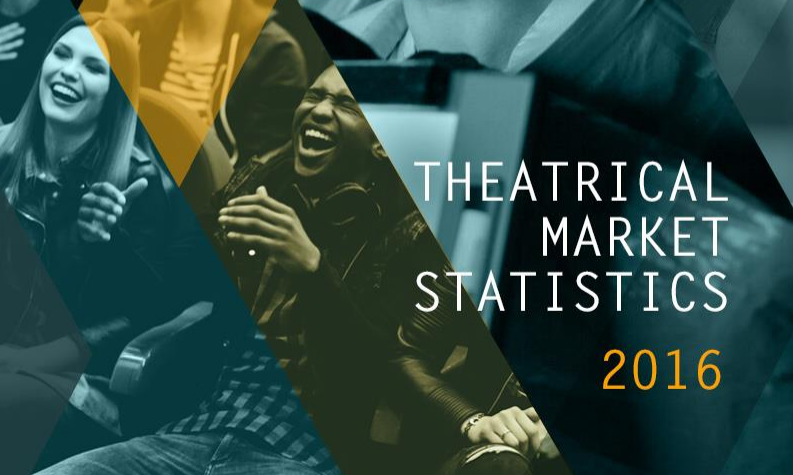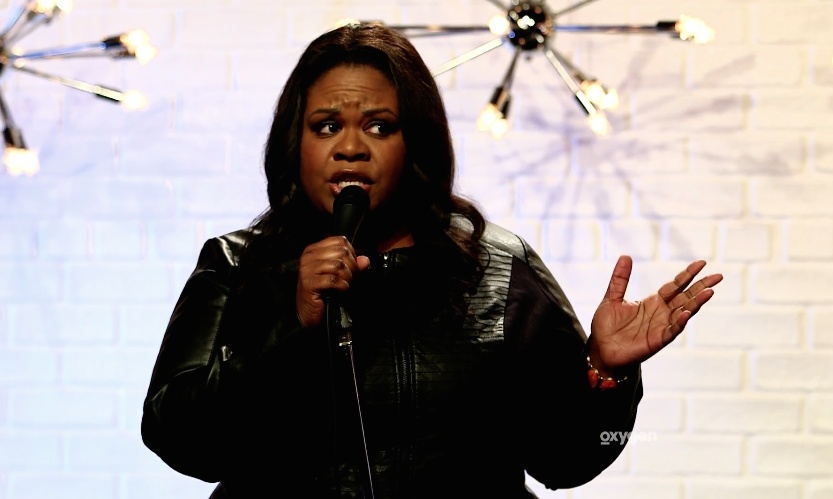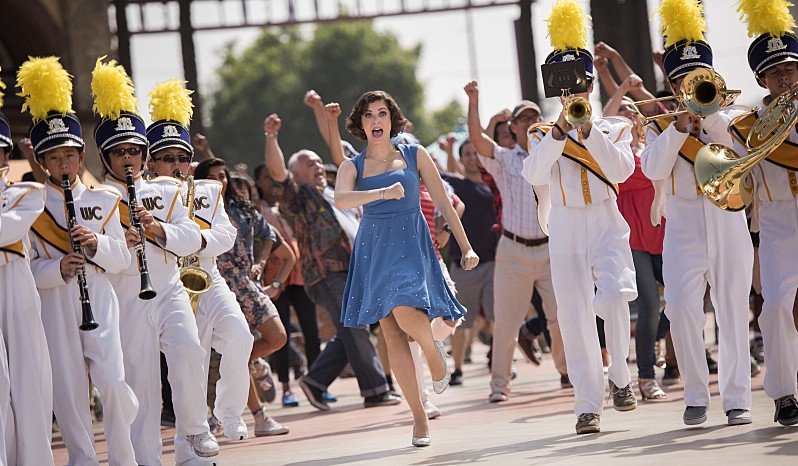Every January for the past 16 years, people who care about women’s progress behind the scenes in the film industry have restlessly anticipated Dr. Martha Lauzen’s Celluloid Ceiling analysis of the top 250 domestic films during the previous year.
The figures for women, according to Dr. Lauzen, have not improved in the 16 years since she’s published the story. In fact, things have gotten slightly worse. Here’s she has to say:
The film industry is in a state of what might be called gender inertia. There is no evidence to suggest that women’s employment in key roles has improved over the last 16 years. I think Manohla Dargis got it right when she told Variety recently, “Hollywood is failing women” and “Until the industry starts making serious changes, nothing is going to change.”
And here is why change is hard:
Anyone advocating for significant change would be challenging the film industry’s dominant ideology and mores. Since executives in even the loftiest positions are under constant threat of getting booted, it seems unlikely that they would take that chance. In addition, it seems that leaders at the various guilds are paralyzed on this issue because they feel advocating on behalf of their female members may alienate the majority of their members who are male.
I spend my time in the blogosphere and I know that the conversation about this topic is different from what it was even five years ago. While people might think that things are changing because there is a robust and clearly visible conversation about women’s issues in the film business, the reality is that this is not true. Nothing is changing and that is so depressing. Talk is not action, and clearly we need action. (This is something that Women and Hollywood is taking very seriously and is looking into how to be more activist about our work.)
Here’s another comment from Martha Lauzen on what needs to happen to see some change.
The vast majority of the public dialogue about the issue of women’s employment in Hollywood has come from grassroots sources, including individual filmmakers, bloggers, and women’s committees at the guilds. There are a few exceptions to this pattern. Amy Pascal referenced the problem in her Forbes interview last year, and the guilds do release their diversity numbers every year or every few years.
However, for the most part individuals at the top of the Hollywood hierarchy have been remarkably silent on the issue. We don’t hear the studio heads, union leaders, or executives at the Academy acknowledging women’s under-employment as a problem and outlining concrete plans for change. In order for the film industry to experience a significant shift, the top players would need to work together in a concerted effort to seek out more women filmmakers and films made by women.
This should be a moment where people realize that something drastic needs to be done, or else I fear that each year these numbers will stay relatively static and that will be the reality of women working in Hollywood. I don’t think any industry should be satisfied when gender discrimination is so rampant that one privileged group — in this, men — get 84% of the jobs available.
More data from the report:
- Women accounted for 16% of all directors, executive producers, producers, writers, cinematographers, and editors. This represents a decrease of two percentage points since 2012 and a decrease of one percentage point from 1998.
- Women comprised 6% of all directors working on the top 250 films of 2013. This represents a decrease of 3 percentage points from 2012 and 1998.
- Women accounted for 10% of writers working on the top 250 films of 2013. This represents a decrease of 5 percentage points from 2012 and a decrease of 3 percentage points from 1998.
- Women comprised 15% of all executive producers working on the top 250 films of 2013. This represents a decrease of 2 percentage points from 2012 and three percentage points from 1998.
- Women accounted for 25% of all producers working on the top 250 films of 2013. This figure is even with 2012 and represents an increase of 1 percentage point from 1998.
- Women comprised 17% of all editors working on the top 250 films of 2013. This represents a decrease of 3 percentage points from 2012 and 1998.
- Women accounted for 3% of all cinematographers working on the top 250 films of 2013. This represents an increase of one percentage point from 2012 and a decrease of one percentage point from 1998.
- Women comprised 2% of all composers working on the top 250 films of 2013.
- Women accounted for 23% of all production designers working on the top 250 films of 2013. This represents an increase of 3 percentage points from 2008.
- Women comprised 4% of all sound designers working on the top 250 films of 2013. This represents a decrease of 1 percentage point from 2008.
- Women accounted for 9% of all supervising sound editors working on the top 250 films of 2013. This represents an increase of 4 percentage points from 2008.
- Women comprised 2% of all special effects supervisors working on the top 250 films of 2013.
- Women accounted for 5% of all visual effects supervisors working on the top 250 films of 2013.
The time for talk is over. It’s time to figure out some action. These numbers are brutally bad. How can we encourage girls to dream about becoming directors or writers or any other job in Hollywood when it is clear that there is, as Martha Lauzen says, a celluloid ceiling preventing them from getting these positions?







